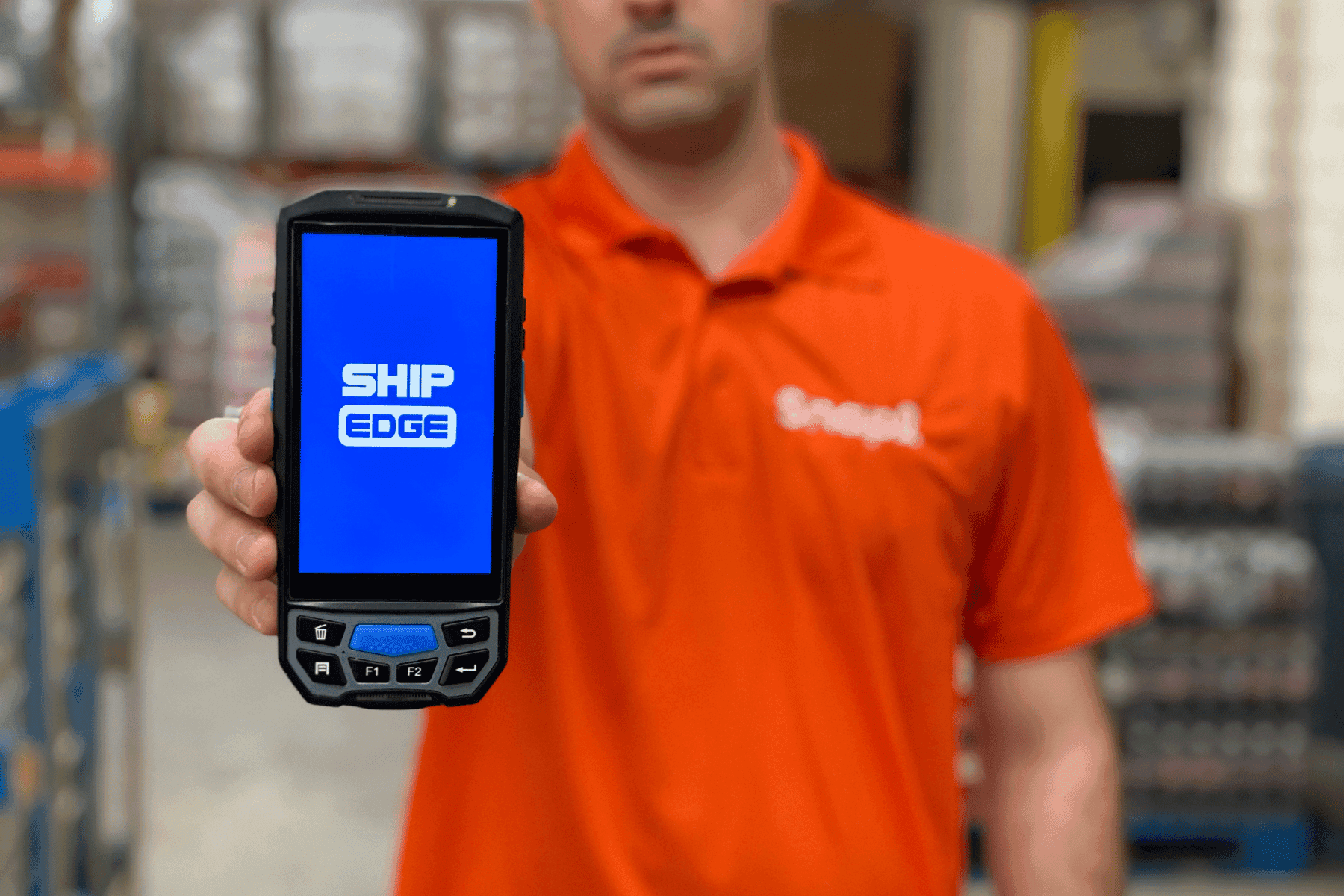Snapl, a 3PL (third-party logistics) service, specializing in fulfillment, FBA (Fulfillment by Amazon) prep, and logistics since 1989, embarked on a transformative journey when they integrated Shipedge’s Warehouse Management System (WMS) and Order Management System (OMS) into their operations. This case study explores the reason behind Snapl’s decision, the features of Shipedge that amplified Snapl’s efficiency, and the subsequent benefits Snapl experienced.
Background
Prior to using Shipedge, Snapl grappled with inefficiencies related to inventory management, opaque order statuses, and limited merchant transparency. The rapid growth of e-commerce, combined with Snapl’s expanding clientele, demanded a more streamlined and sophisticated system to stay competitive.
Integration Process
The integration of Shipedge was a collaborative effort between Snapl’s internal tech team and Shipedge’s support. The multi-phase approach included:
1. Preliminary Analysis
Before any software integration took place, Snapl mapped out its existing workflows. This allowed them to identify potential bottlenecks and areas for improvement.
2. Data Transfer and Migration
Snapl then migrated its inventory data, merchant details, and order histories to Shipedge’s systems.
3. Training
Snapl provided comprehensive training to its staff on Shipedge’s interface, ensuring a smooth transition.
4. Implementation and Testing
In the initial stages, Snapl ran Shipedge parallelly with their existing system, ironing out any discrepancies and ensuring that the systems communicated effectively.
Features and Benefits
Improved Inventory Accuracy
Real-Time Inventory Tracking: One of the standout features of Shipedge is its real-time inventory tracking. With this feature, Snapl was able to monitor inventory levels instantaneously, minimizing stockouts and overstock situations.
Order Status Updates: Before the integration, Snapl’s merchants had to inquire about their order statuses. Now, with Shipedge’s OMS, order status updates are sent in real-time, letting merchants know when an order is picked, packed, shipped, or delivered.
Barcode Scanning: Shipedge’s WMS incorporates barcode scanning, ensuring that every item is correctly logged and tracked. This drastically reduced human error and increased Snapl’s picking and packing efficiency.
Enhanced Merchant Experience
Merchant Dashboard: Shipedge provides a user-friendly dashboard where merchants can log in and see an overview of their inventory, orders, and returns.
Automated Reporting: Shipedge’s system allows Snapl to set up automated reports for its merchants. These can be on inventory levels, sales trends, or return rates, providing invaluable insights to merchants.
Results and Outcomes
Post-integration of Shipedge’s WMS and OMS:
Operational Efficiency: Snapl witnessed a significant reduction in manual errors, decreased processing time, and faster shipping cycles.
Increased Merchant Satisfaction: With enhanced transparency, merchants felt more in control of their inventory and order management, leading to higher merchant retention rates and more referrals.
Financial Growth: As operational inefficiencies diminished, Snapl found it could process more orders in less time, resulting in increased revenue and profitability.
Snapl x Shipedge: In Summary
The integration of Shipedge’s WMS and OMS into Snapl’s operations proved to be a transformative decision. The robust features of Shipedge, particularly real-time inventory tracking and merchant-facing tools, not only optimized Snapl’s operations but also enhanced the overall merchant experience. In the ever-competitive world of logistics and fulfillment, such integrations are no longer just a luxury but a necessity. Snapl’s success story serves as a testament to the importance of adopting advanced technologies in logistics operations.


